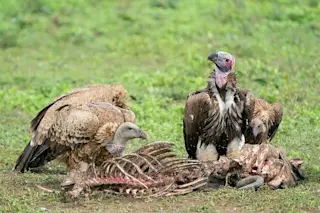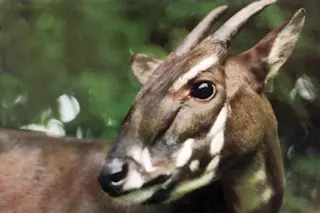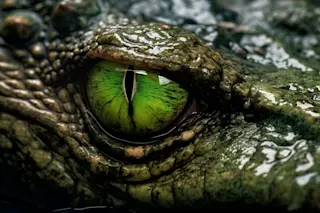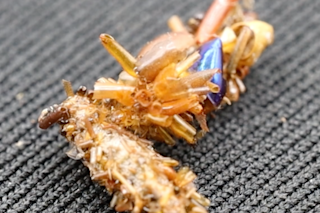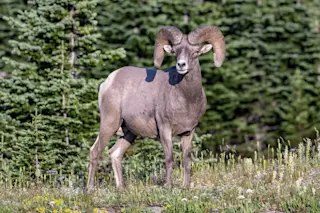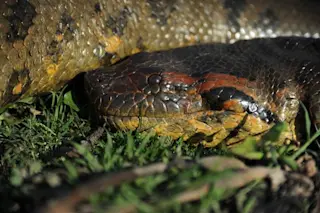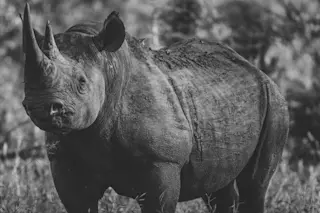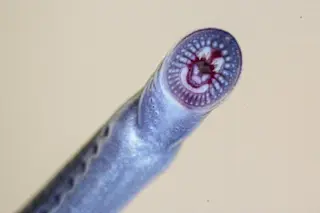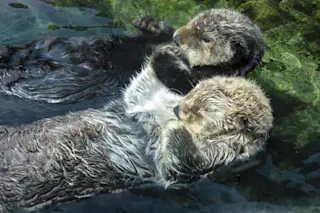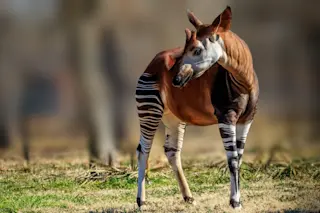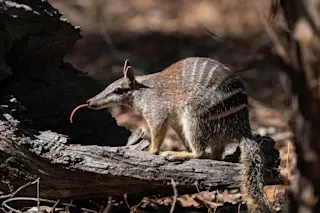The view inside the vintage Aeroflot helicopter skimming across the Taimyr Peninsula in northern Siberia is clouded by cigarette haze, but outside all is clear in the subzero air. Treeless hills cast bluish shadows, and ice-packed rivers snake through the frozen tundra, glittering in the late afternoon sun like golden blasts of dragon fire. A herd of shaggy reindeer below, startled by the insistent whop-whop-whop, sprint past larch trees of the Ary Mas reserve, the northernmost forest in the world. As the helicopter banks, a cluster of tents appears on the horizon. A half-dozen people seem frozen by the sight of the orange-and-blue flying machine.
Members of this expedition, led by veteran Arctic explorerBernard Buigues, have been wondering if they would ever see this bird again. It had dropped them off at the barren site two days earlier, with supplies for a single night's stay. Because the satellite phone had ...



